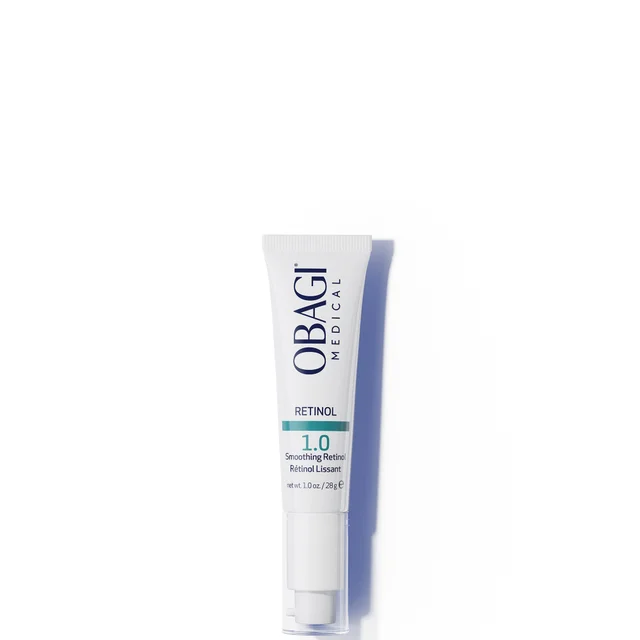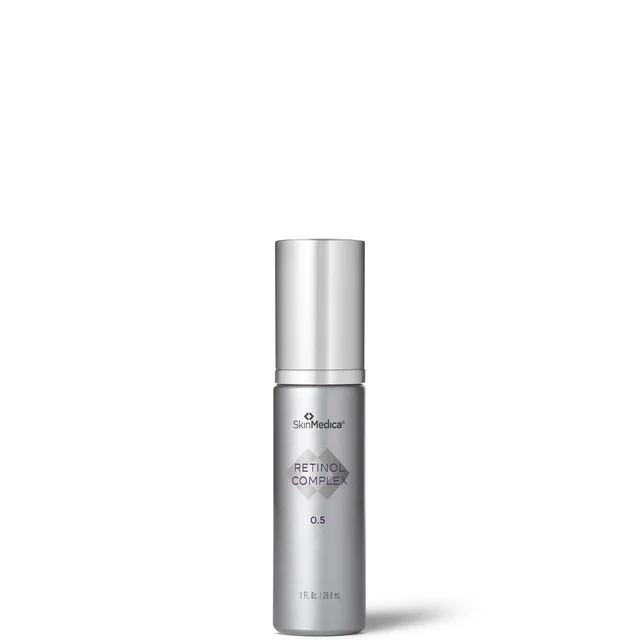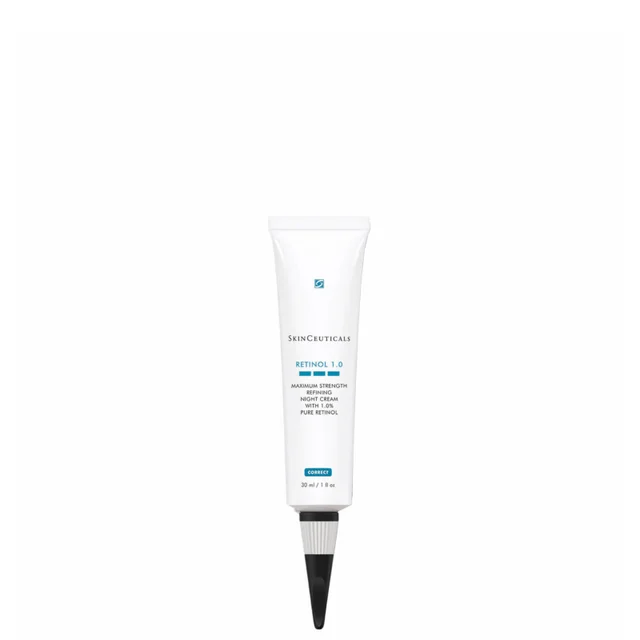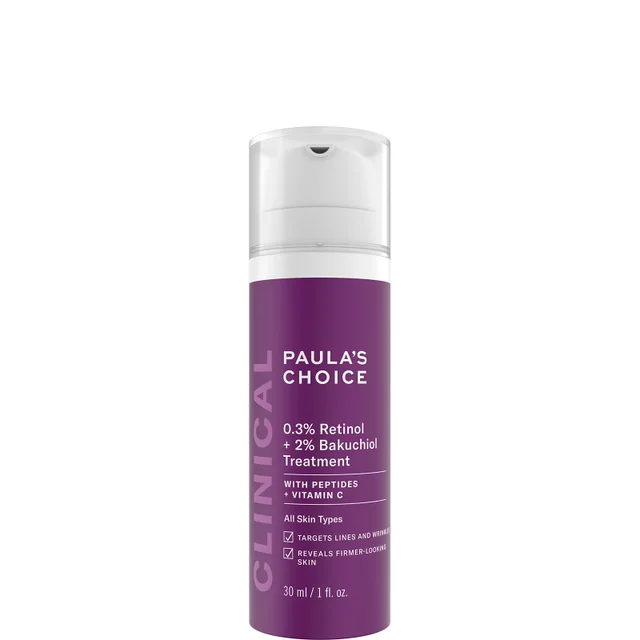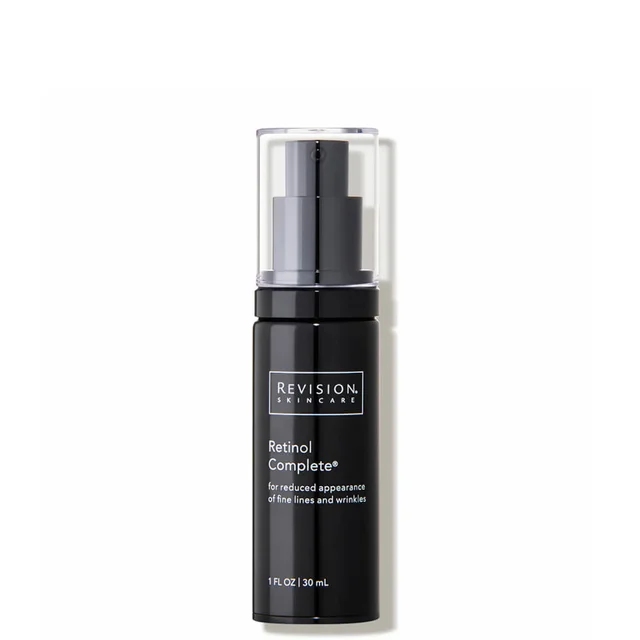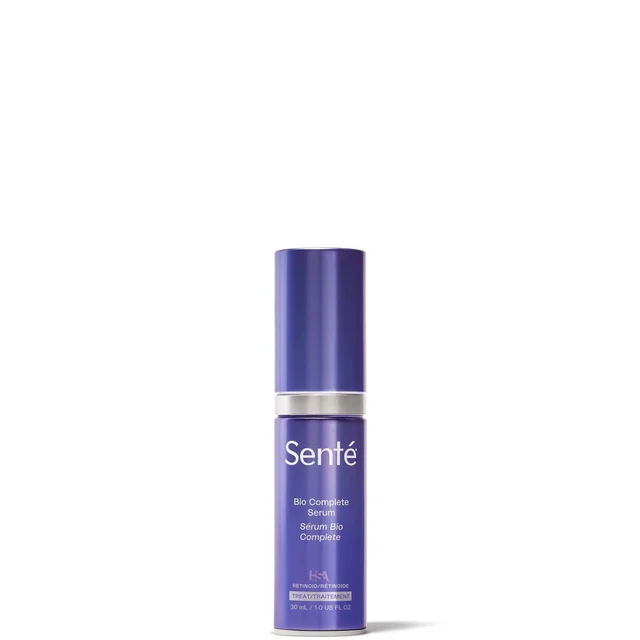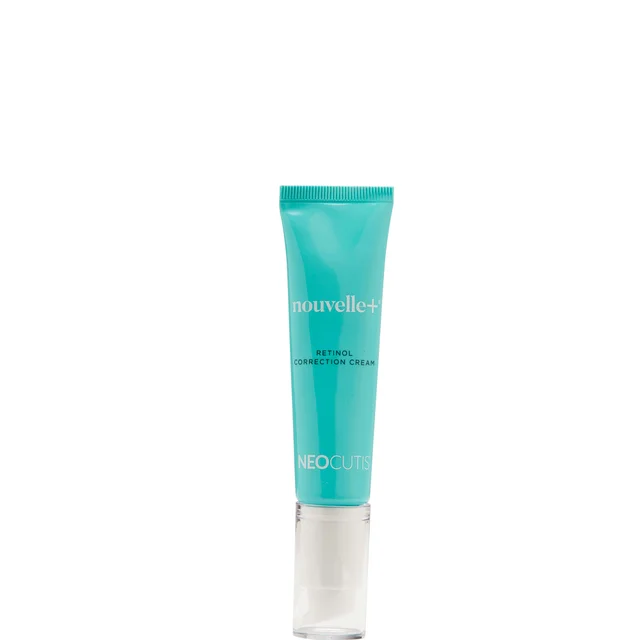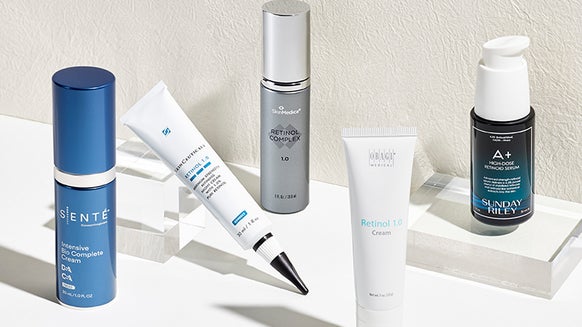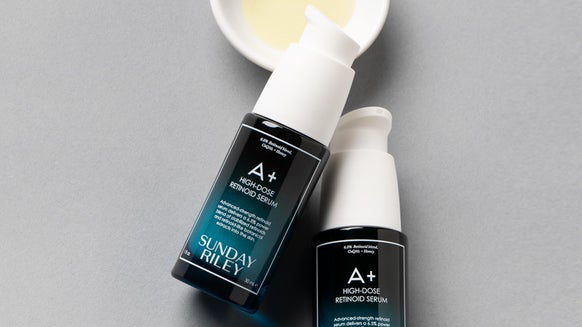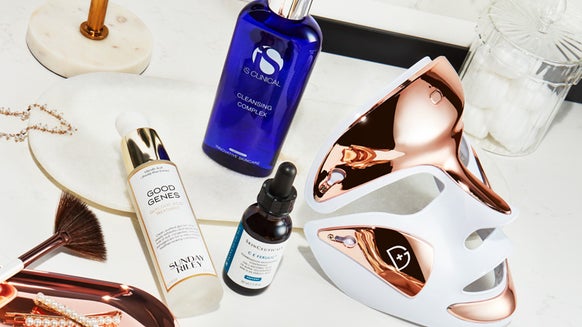How to Apply Retinol: A Step-by-Step Guide for Maximum Results
Retinol deserves a place in nearly every skincare routine. Skincare experts alike laud the vitamin-A-derived ingredient for its ability to improve the skin in more ways than one—think fewer lines and wrinkles, an increase in collagen production, accelerated skin cell turnover, faded spots, and acne scars, and even a reduction in breakouts. No matter why you choose to use retinol, one thing remains the same: how to apply it is critical to your skin’s success with the all-star ingredient. Despite its buzziness, understanding how to use retinol correctly and how much retinol to use remain somewhat gray areas of skin care. To make things easier for you, we’re breaking down all the specifics you need and what to know about how to apply retinol to reap the benefits and get the skin of your dreams.
In this Article:
- Preparing Your Skin for Retinol
- How Often Should I Apply Retinol?
- How to Apply Retinol the Right Way
- Post-Retinol Skin Care
- What You Should Not Use with Retinol
- The Bottom Line
Preparing Your Skin for Retinol
It’s important to always start with clean, dry skin to make the most out of using retinol. Retinol penetrates the skin better and is more effective when applied after gently cleansing the skin with a mild face wash and toning it but before any moisturizer, since it acts as a treatment. Just make sure to thoroughly pat dry the skin and wait about five to 10 minutes so that post-washing redness calms down before applying retinol—applying retinol to dam skin can cause irritations.
Since retinol is an exfoliating agent, you won’t want to use it after freshly exfoliated skin or if you recently had an exfoliating in-office treatment.
How Often Should I Apply Retinol?
If you’re unsure how to use retinol correctly, it’s always best to start off slowly and work your way up to using it daily as your skin adjusts to the ingredient. A small amount (think a pea-sized drop) is enough product to cover the entire face, and using more than that won’t lead to better or faster results but instead causes potential adverse effects.
Your skin type and its retinol tolerance are important in navigating how to use the ingredient best. If you are new to retinol, take the low-and-slow approach, which most dermatologists recommend. This approach consists of using a tiny amount (the size of a pea) of a low concentration of retinol—gentle formulations are best—every third night once or twice weekly for a few weeks and gradually working up towards using it more frequently. If your skin is more sensitive, take your dose from every three nights to every two nights and then every other night. It can take a few weeks for your skin to acclimate to retinol and a new product. This way, you can watch how your skin responds to retinol and determine if what you are using is a good fit.
No matter if you are a newbie or an advanced retinol user, a small amount of retinol used only at night and alongside a gentle moisturizer is an easy way to avoid the unwanted side effects that commonly accompany retinol, like dryness, redness, and flaking, which can occur more quickly if your skin is sensitive or easily irritated. The same goes for sunscreen. Apply it to your skin every morning since retinol can make the skin more sensitive to the sun and increase the likelihood of these side effects.
How to Apply Retinol the Right Way
When using retinol correctly, you’ll want to follow a basic step-by-step guide so that your skin can make good use of the ingredients while limiting redness, dryness, and sensitivities.
- On clean, dry skin, pump out a very small amount of retinol.
- If you are using gel retinol, a pea-sized amount is best; for creams, serums, and lotions, one pump about the size of your fingertip or smaller should suffice.
- Gently place the retinol onto the face using a quadrant system. A small amount should go onto each area: the forehead, chin, and both cheeks.
- Rub the retinol into the skin until there’s no product showing.
- Apply a small amount of moisturizer, and if desired, finish off with a face oil.
- In the morning, wash your skin thoroughly, proceed with your regular morning skincare routine, and apply broad-spectrum sunscreen.
If you need help with how to use retinol at night (some formulations are designed for daytime use), your best bet is to practice skin cycling. This popular skincare technique involves cycling between exfoliating agents, so your skin does not become dry, red, or overloaded with exfoliating ingredients. To start a skin cycling routine, use an exfoliator on the first night, retinol on the second night, and skip any exfoliating acids and products for nights three and four. Instead, stick to products that hydrate, calm, and strengthen the skin so it can rest and recover.
While you can use retinol head to toe, including the décolletage, arms, legs, hands, and stomach (look for body versions when using it below the neck, which often contains a lower dose of retinol along with hydrating agents), there are some areas on the face where you'll want to be more cautious. The skin under the eyes is thin and delicate, so if you must use retinol there, apply a layer of a hydrating eye cream first and stick with a mild retinol with hydrating ingredients added to the formula. Cream-based products made just for the eye area are best. However, it's best to avoid using your regular retinol around the lips and only use formulas marked as safe for use around the lips.
No matter where on the body you choose to use retinol, when it comes to how to use retinol, give the sandwich or buffering approach a try, especially if your skin gets dry from the ingredient. This dermatologist's favorite technique consists of applying a layer of moisturizer first, then the retinol, and then another layer of moisturizer on top. Or you can buffer a retinol serum by mixing moisturizer with it in the palm of your hand before applying it directly to your skin since the moisturizer acts as a buffering agent to decrease the potency of the retinol.
Post-Retinol Skin Care
Retinol can do wonders for the skin, but there's a lot of chatter about how to take care of the skin after using retinol. While some skin experts say it's better to apply moisturizer before retinol, others say to do it after, and then a third camp like mixing it in with retinol instead. The general rule of thumb is to use moisturizer first if your skin craves a barrier between it and the retinol product or to use moisturizer after applying retinol if your skin can handle it and isn't irritated by it. However, there's no right or wrong way to use retinol with moisturizer.
The best moisturizer to use with retinol depends on your skin's needs and what it responds best to. Dry skin tends to do well with thick, rich creams, while oily and acne-prone skin can pair retinol and gel moisturizers together. Normal skin types can use any moisturizer-retinol combination, and sensitive skin should stick with fragrance-free ones with calming ingredients.
Equally important in your post-retinol skincare routine is sunscreen. Applying retinol to your skin at night can make it more prone to sunburn and UV damage during the day if it is not well protected. The best way to keep your skin safeguarded is to slather on a layer of sunscreen, with an SPF of at least 30, every morning and then reapply it throughout the day.
What You Should Not Use with Retinol
When learning the ropes of how to use retinol, consider other powerful active ingredients that have a place in your skincare routine. Combining retinol with certain ones, like vitamin C, alpha hydroxy acids, and beta hydroxy acids, such as salicylic acid, can instigate redness, irritation, and skin sensitivities in some people, so make sure to apply products with these ingredients at different times of the day or on the nights when you are not using retinol. The same goes for using retinol alongside exfoliating scrubs and chemical peels, which can cause the same type of reaction on the skin.
Instead of putting too many actives onto the skin at once, take a less is more approach. Stick with gentle, hydrating products as your skin acclimates to retinol to help minimize potential interactions. Talking with your dermatologist can also help give you a better idea of what products are safe to use with retinol for a more personalized approach to skincare.
Shop Dermstore's Curated Retinol Serums, Moisturizers, & Treatments
Obagi Medical Retinol 1.0
SkinMedica Age Defense Retinol Complex 0.5
SkinCeuticals Retinol 1.0 Maximum Strength Refining Night Cream
Augustinus Bader The Retinol Serum
Paula's Choice CLINICAL 0.3 Retinol 2 Bakuchiol Treatment
Revision Skincare® Retinol Complete 0.5
SENTÉ Bio Complete Serum
Neocutis NOUVELLE Retinol Correction Cream
The Bottom Line
Retinol is a godsend skincare ingredient for many people, and to reap its efficacy to its maximum potential, a well-rounded skincare routine is one that you'll be able to follow for years. But keep in mind that your skin changes as it ages, so the retinol products and application techniques that work for you today may need to be tweaked in the future. That is why it is always best to tailor your retinol routine to your skin's specific needs at any given time.
Whether you are new to retinol or have been using it for years, it is one ingredient that takes time and consistency to see results. So, make sure to find a retinol that works for you and one that you enjoy using. Always prioritize your skin's health and needs and consult with your aesthetician or dermatologist if needed.

Elise Minton Tabin is an award-winning beauty journalist, editor, and beauty expert with more than 16 years of experience. She previously held the title of Executive Beauty Editor at NewBeauty magazine, where she reported on beauty, plastic surgery, anti-aging, health and wellness. She was also instrumental in the launch of the beauty supplement brand Hush & Hush. A self-professed beauty junkie and retinol and sunscreen pusher, Elise knows what’s new, what works and who’s the best to go for every procedure under the sun. Follow Elise on Facebook, Instagram, and on her beauty blog, elisetabin.com
